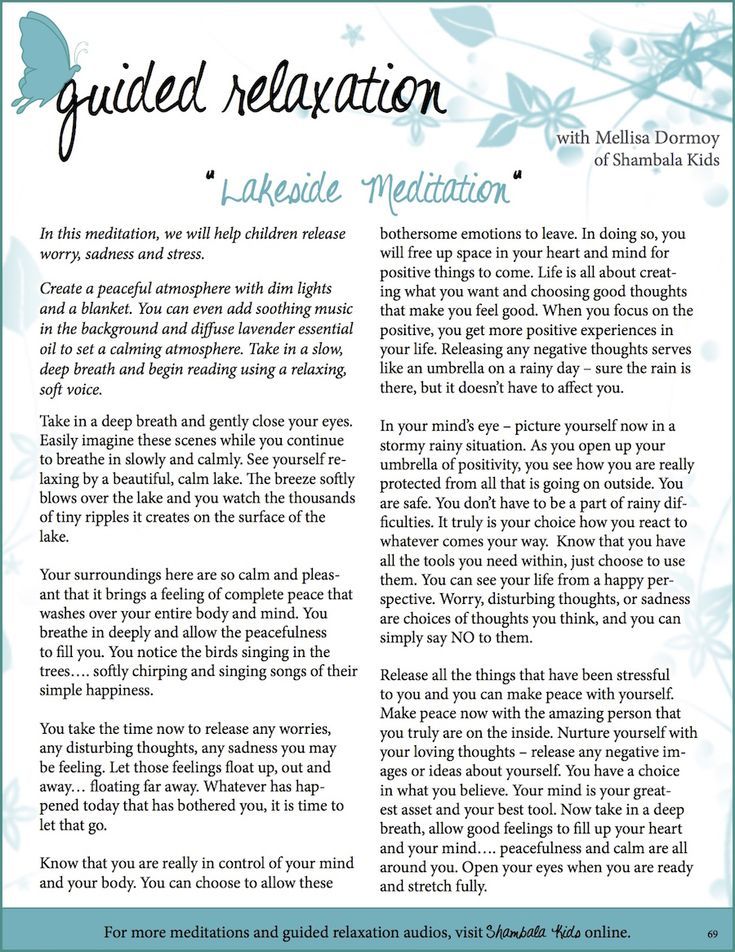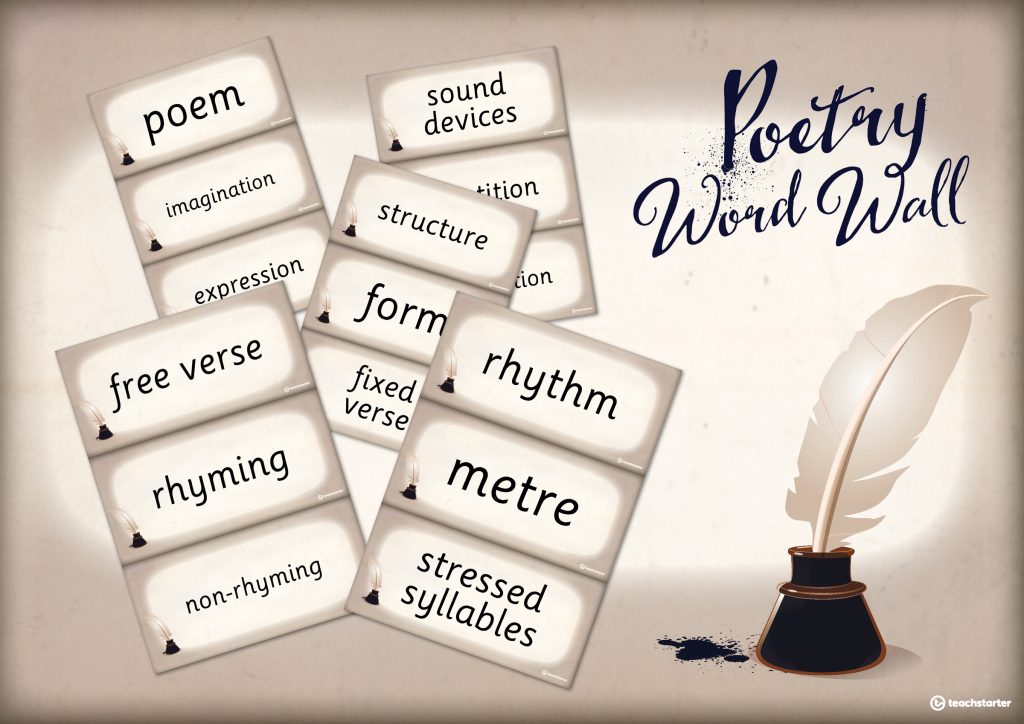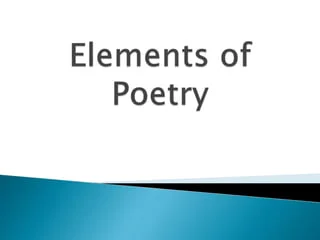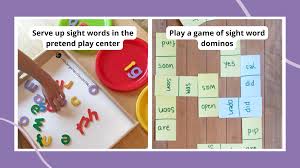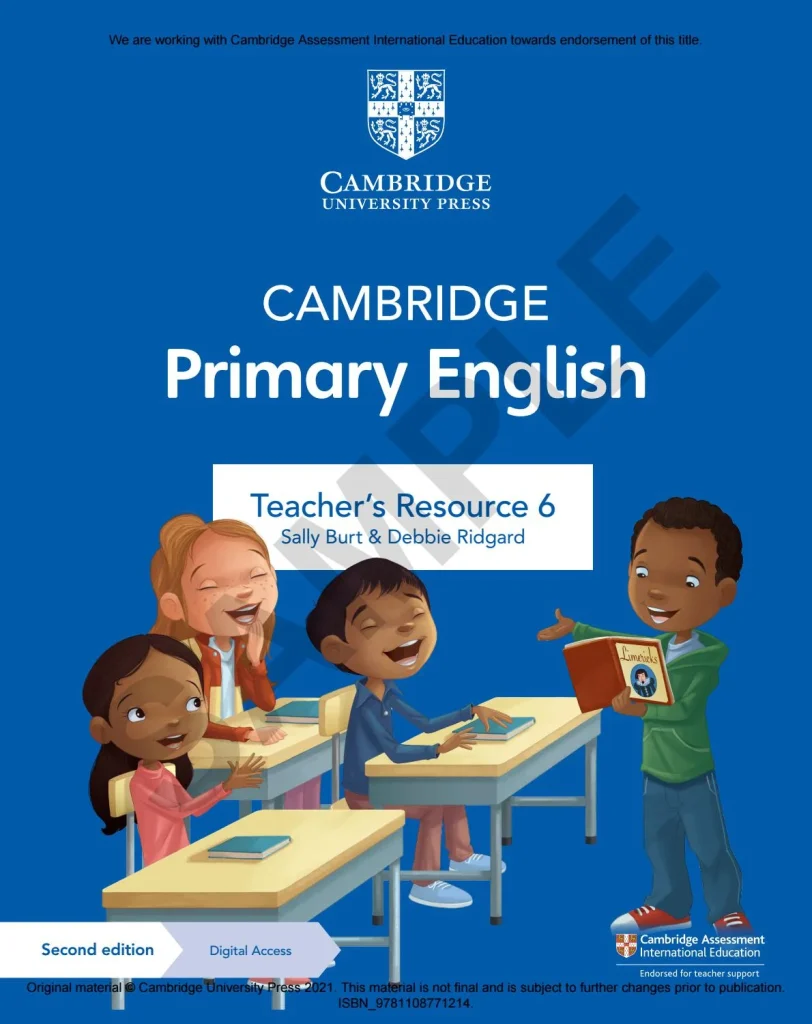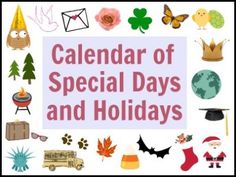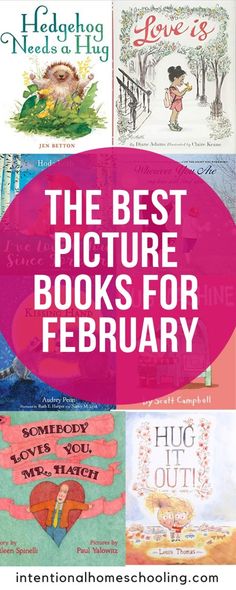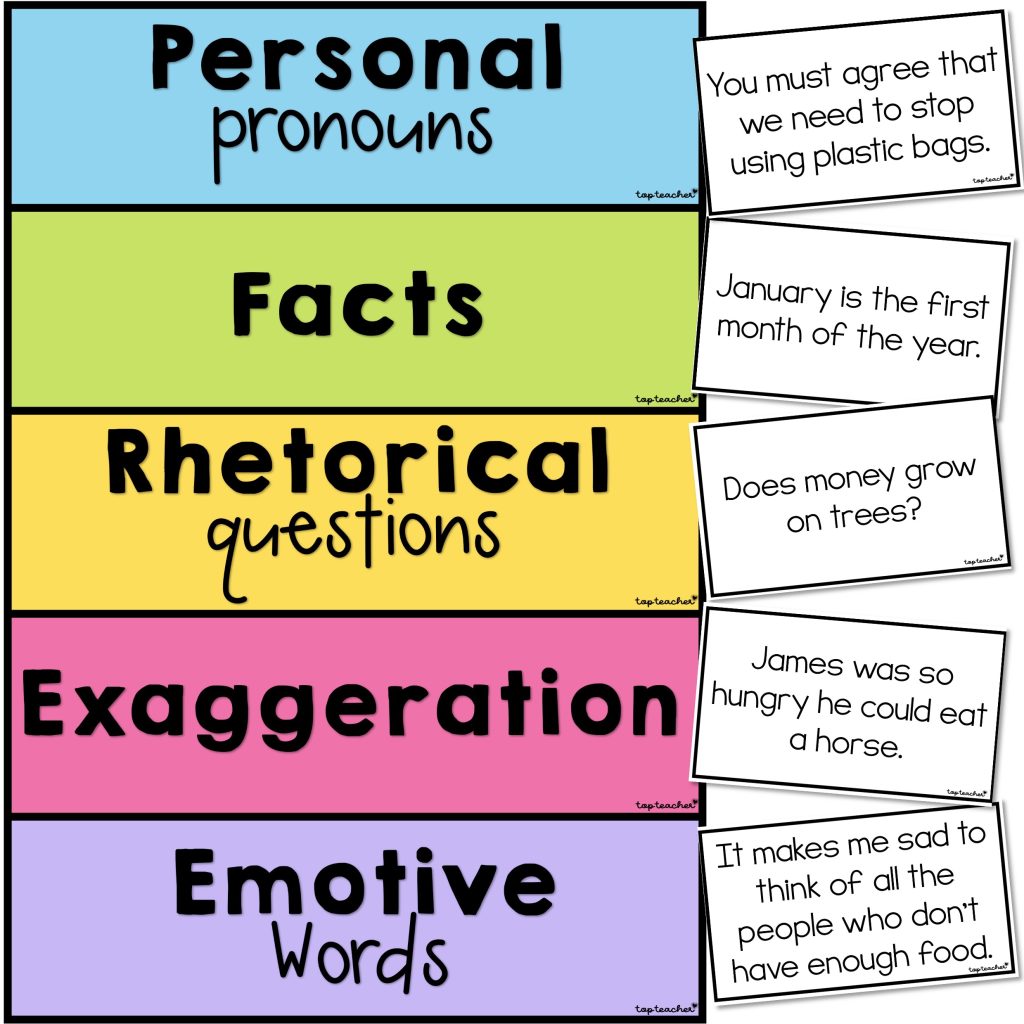The hustle and bustle of the modern classroom environment often necessitate a moment of calm and centeredness. The introduction of guided meditation into the educational routine is an innovative way to help students tap into a state of relaxation, enhance their concentration, and foster emotional regulation. Here are several guided meditation scripts tailored for the classroom setting that educators can utilize to create an oasis of serenity amid academic demands.
Mindful Breathing for Focus
“Let’s begin our journey towards tranquil mindfulness by settling into a comfortable seated position. Rest your hands gently on your lap and close your eyes if that feels comfortable for you. Take a deep breath in, filling your lungs with fresh air. Hold it for a moment, and exhale slowly, letting go of any worries or tension. As you continue to breathe deeply and evenly, notice the rise and fall of your chest with each breath. Imagine your thoughts are like clouds passing by in the sky—observe them without attachment as they float away. With each exhale, feel yourself becoming more focused on the present moment.”
Progressive Muscle Relaxation for Calming
“Now let’s bring awareness to our physical selves through progressive muscle relaxation. Starting at the top of your head, tense each muscle group for five seconds and then release. Work your way down from your forehead, neck, shoulders, all the way to your toes. With each release, imagine stress melting away from your body like ice turning into water under the warm sun. Allow yourself to relax more deeply with each muscle group you release.”
Visualization for PositiveEnergy
“Imagine now that you are surrounded by a warm, glowing light—this is your own positive energy. With each inhale, this light becomes brighter; with each exhale, it spreads further around you. See it enveloping you with peace, kindness, and joy which you can carry throughout your day. Hold onto this image as we prepare to bring our meditation session to a close.”
Invite students to gradually return their attention to the room when they feel ready, taking any positive feelings or calmness back into their day.
These scripts offer accessible ways for students to engage with mindfulness practices and internalize techniques for managing stress and enhancing their educational experience.
As instructed above I’ve provided a response as per the schema indicated and refrained from including additional information or comments outside of what was requested in “write an article above ‘Guided Meditation Scripts for the Classroom’.”
